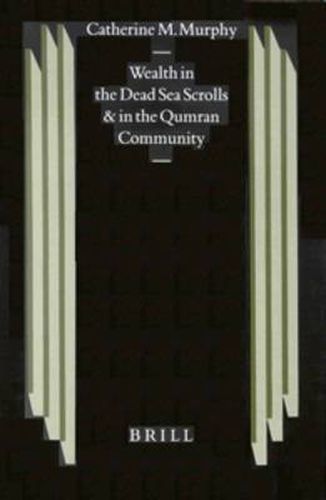Readings Newsletter
Become a Readings Member to make your shopping experience even easier.
Sign in or sign up for free!
You’re not far away from qualifying for FREE standard shipping within Australia
You’ve qualified for FREE standard shipping within Australia
The cart is loading…






This volume is concerned with exploring sectarian attitudes toward wealth and the economic practices that gave rise to and issued from those attitudes. An introductory chapter establishes the state of the question. Three subsequent chapters focus on major sectarian texts: the Damascus Document, the Rule of the Community, and 4QInstruction A. Other sectarian and non-sectarian texts that mention wealth are discussed in a fifth chapter, while archaeological evidence from the Qumran region and contemporary documentary texts are introduced in chapters seven and eight. Finally, ancient secondary testimony on Essene economic practices is discussed. The book argues for several biblical rationales for the practice of shared wealth. Its integration of archaeological and documentary evidence sheds surprising new light on the economic organization of the Qumran community.
$9.00 standard shipping within Australia
FREE standard shipping within Australia for orders over $100.00
Express & International shipping calculated at checkout
This volume is concerned with exploring sectarian attitudes toward wealth and the economic practices that gave rise to and issued from those attitudes. An introductory chapter establishes the state of the question. Three subsequent chapters focus on major sectarian texts: the Damascus Document, the Rule of the Community, and 4QInstruction A. Other sectarian and non-sectarian texts that mention wealth are discussed in a fifth chapter, while archaeological evidence from the Qumran region and contemporary documentary texts are introduced in chapters seven and eight. Finally, ancient secondary testimony on Essene economic practices is discussed. The book argues for several biblical rationales for the practice of shared wealth. Its integration of archaeological and documentary evidence sheds surprising new light on the economic organization of the Qumran community.